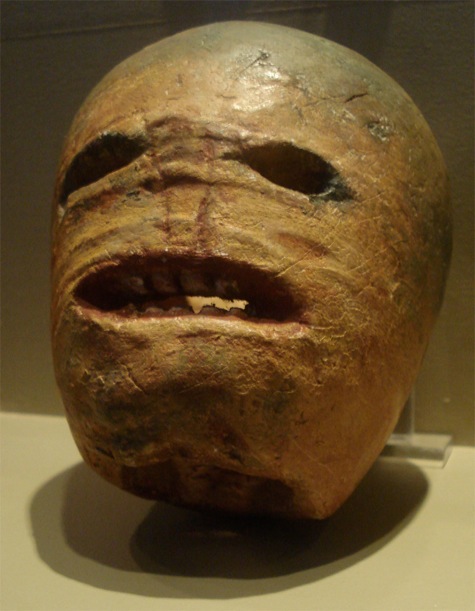
History geeks among us will know that the traditional carved vegetable of the Halloween season was not–as it is commonly seen today–the pumpkin, but rather the humble turnip. While some cite the practice to the legend of Stingy Jack, the mythology behind the turnip goes much farther back into the Celtic age. According to some historians, it is believed that the Celts, on Samhain–the holiday from which our modern Halloween stems–placed carved turnip heads on their windows to ward off ghosts passing through. And heads to seem to feature rather wildely during Halloween, don’t they?
Well, let me tell you. While carved pumpkins don’t generally frighten me, there’s something altogether terrifying about turnips. Instead of the neat triangles and gap-toothed grins there’s a certain mournful horror that comes out in the turnip. And I want to harness that horror.
So this year, I’m going to be carving some turnips instead of pumpkins. But can I just leave it there? Of course not. Come to find out, there are a series of rather curious legends in Wales, Ireland, and England about Brazen Heads. What, you may ask, is a Brazen Head? Well, basically, it’s a fortune-telling head, usually from an actual person at one point of another, sometimes cast in bronze (hence: brazen). Some famous brazen head owners include Boethius, Faust, Bacon, and Virgil.
I decided to turn the heads on those brazen head owners and carve turnips in their likenesses (or close approximations) and likely bronze them with paint, then hang them for our Halloween party. Because brazen heads traditionally answer yes or no questions (and the fact that divinity plays a big role in Halloween) I’m going to put slips of paper inside with answers to the questions guests ask them and have them reach into the awful heads to divine their futures!
[Image Source: Museum of Country Life in Ireland; CC]
Tags: brazen head, geeky halloween decorations, halloween, halloween decorations, history, jack o' lanterns, turnip, turnip jack o' lanterns
